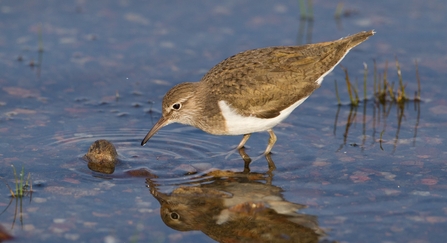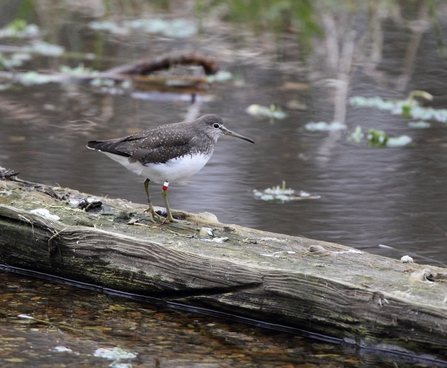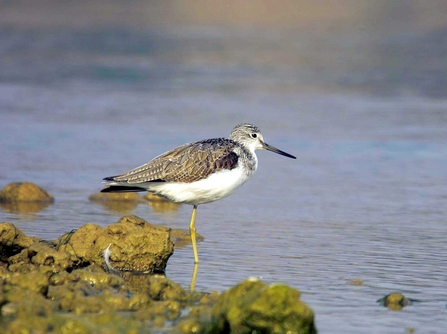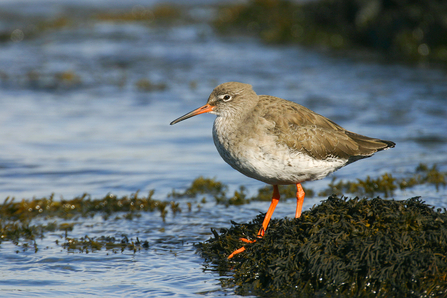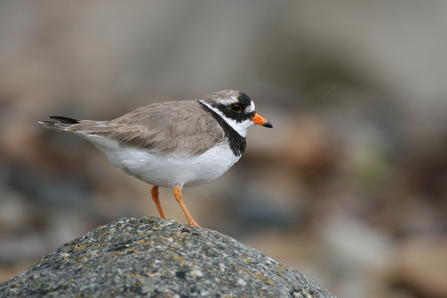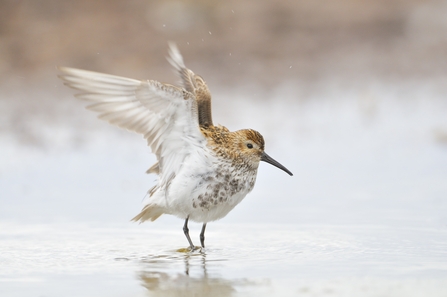We might be in the height of summer but on the migrant waders’ calendar it’s already considered to be autumn (July to September) and these birds are well into their schedule for transit. The key for seeing waders is to spend time looking – finding a comfy place and just wait and scan, wait and scan. Binoculars are a must and a spotting scope will really help you identify the birds. With waders, it really is a case of the early bird catches the worm - get to the muddy places on wetland sites early as often birds drop in at dusk the night before and may roost after feeding before leaving after their breakfast at first light.
Our nature reserves at Amwell and King’s Meads, in Ware, and Wilstone Reservoir, near Tring, are great places to seek out these short-staying visitors. Bare mud here is the key! At Amwell we actively lower the water level using sluices to create muddy feeding margins, and at Wilstone Reservoir, water is taken to fill the adjacent Grand Union Canal – the reason for which the reservoir was built.
As you can probably gather, seeing waders is very much a case of pot-luck but that’s what’s exciting too! The more you look, the more you will see. Here we share some of the species which may make an appearance this August:


